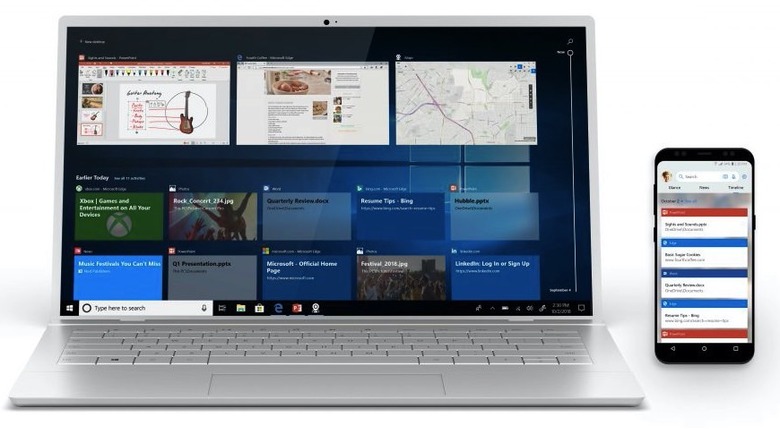Microsoft's Latest Windows 10 Update Is Out, And It Fixes The Worst Thing About Windows Updates
Microsoft last month announced a new Windows 10 policy that seems to fix the worst thing about Windows updates in general. The company decided to finally let you choose when or even if you want to install the latest Windows 10 version, and that's great news considering that last year's major Windows 10 updates were plagued by a few annoying problems, including "Blue Screen of Death" issues in April and those aggravating file deletions that followed the October Update. This brings us to Microsoft's next major Windows 10 release, the May 2019 Update, which is available for download right away — and don't worry, because it should be safe to install.
Microsoft rolled out the May 2019 Update (version 1903) update to beta testers last month, saying that the final version of the software would be available to all users come late May. It's late May now, which means you can go ahead and update your machine to the latest operating system version.
The update will not be forced on you, at least not for the time being, so you'll have to go to the Update & Security section of the Settings app, and then look for the update manually. That also means you can delay it for about a year to make sure nothing goes wrong like the last time.
Unlike previous major releases, Microsoft has a brand new tool that offers information about the known bugs in the latest version, the Windows release health dashboard, available at this link. The dashboard provides information about known issues "so you can quickly search for issues by keyword, including any safeguard holds on updates, see the current status of each issue, and find important announcements."
Microsoft also announced that the April 2018 Update is approaching "end of service" status, which means that Windows Update will initiate a feature update automatically:
The Windows 10 April 2018 Update (Windows 10, version 1803) will reach end of service on November 12, 2019 for Home and Pro editions. Starting this June, we will begin updating devices running the April 2018 Update, and earlier versions of Windows 10, to ensure we can continue to service these devices and provide the latest updates, security updates and improvements. We are starting this machine learning (ML)-based rollout process several months in advance of the end of service date to provide adequate time for a smooth update process.
